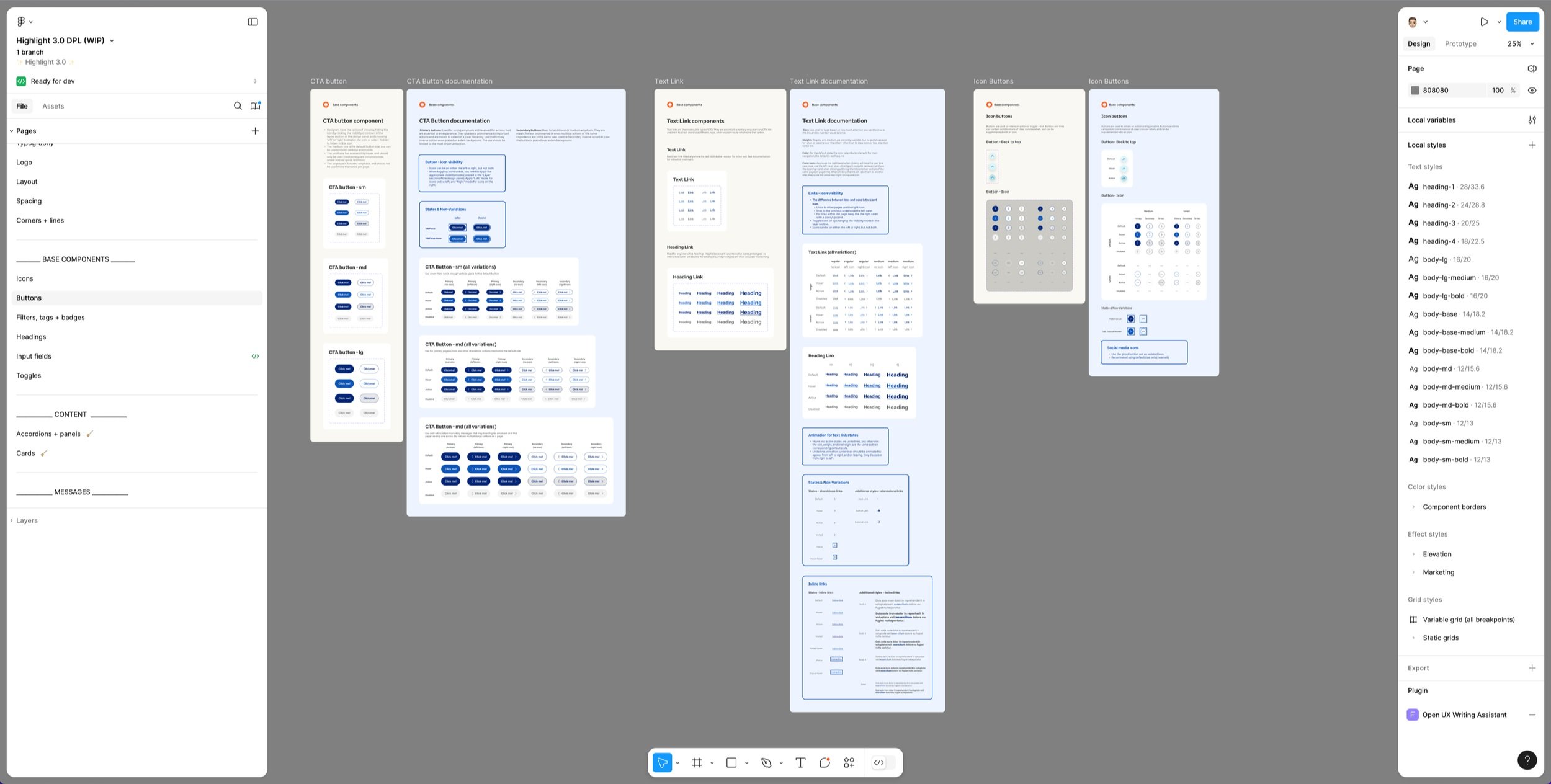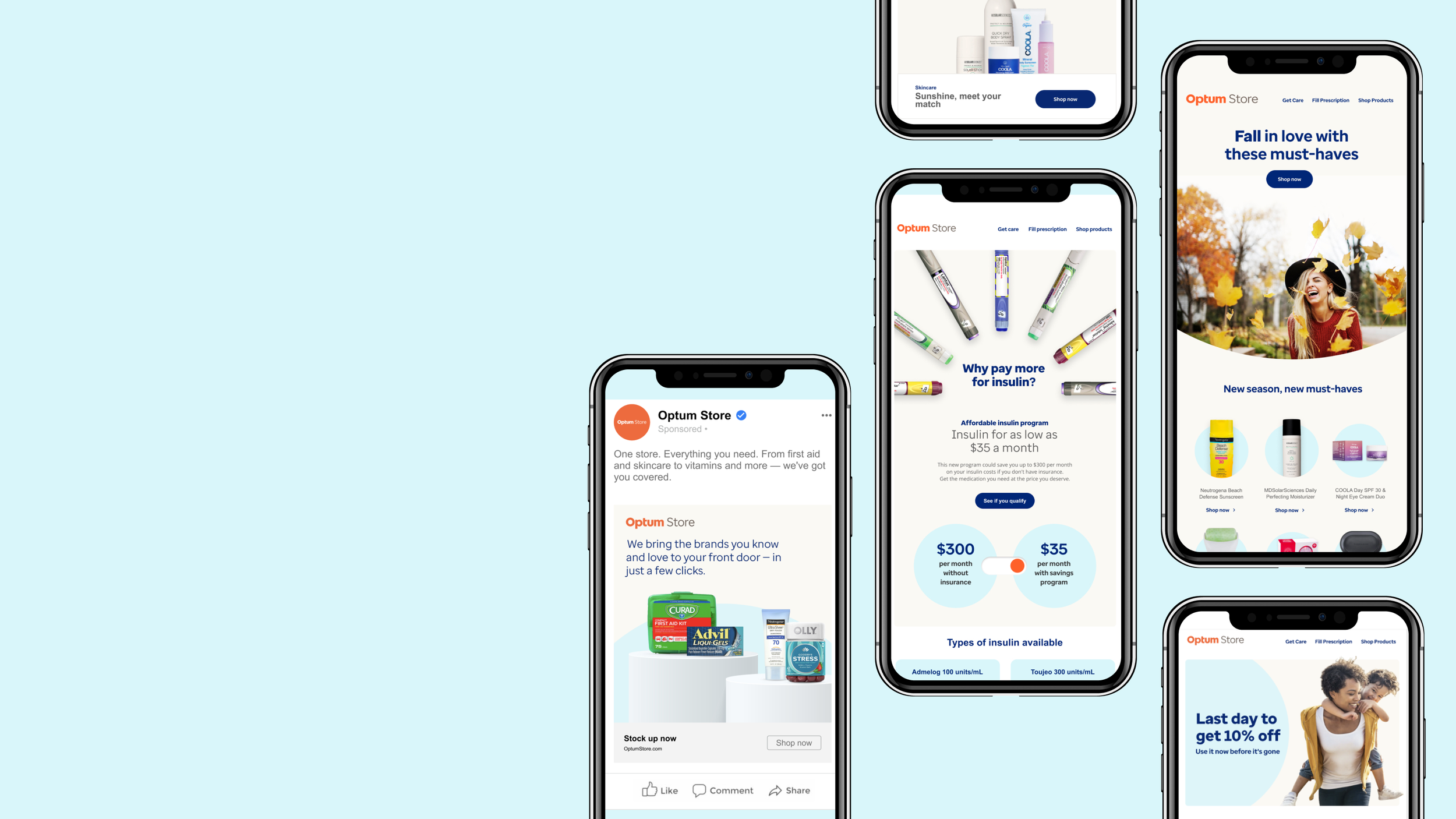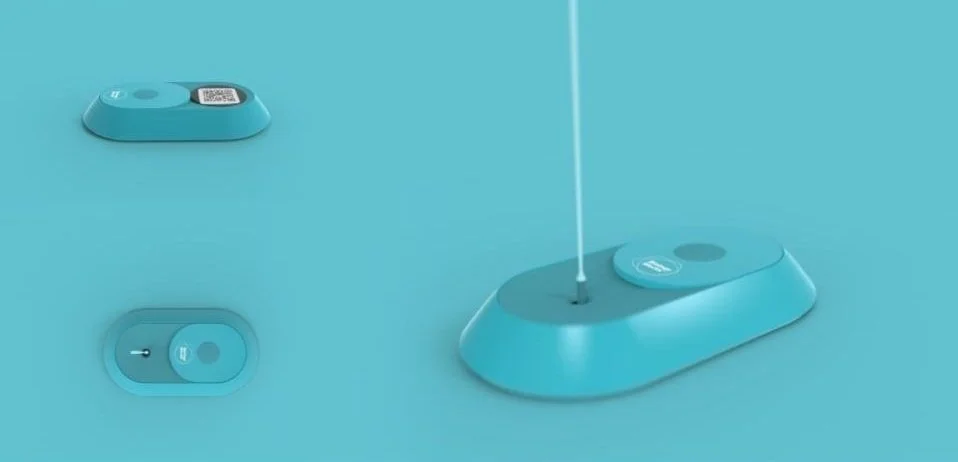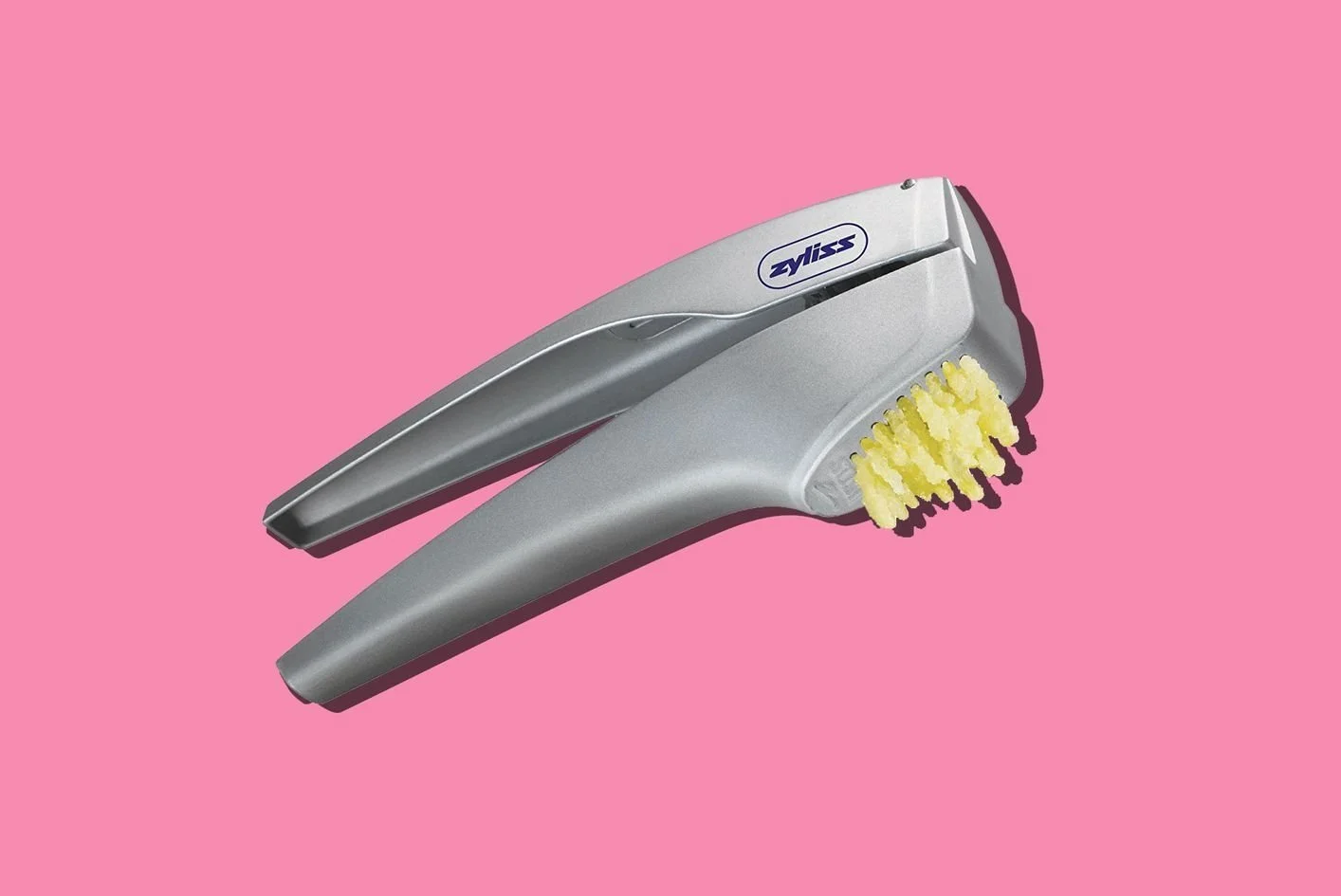Optum
Optum DTC marketplace
From Vision to Reality: Building Optum's First DTC Health Marketplace
In 2020, I stepped into a bold challenge as the first service designer on Optum’s Direct-to-Consumer (DTC) team. Backed by UHC CEO Andrew Witty’s call for growth beyond traditional B2B2C models, our goal was clear: create a health marketplace that delivers care, Rx, and e-commerce directly to consumers.
What began as a small, focused effort quickly gained momentum. I built a high-impact team of 14 designers, researchers, strategists, and copywriters—each playing a critical role in reshaping how people access healthcare. This foundational work laid the groundwork for ongoing growth and innovation in Optum's DTC initiatives.
OVERVIEW
In July 2020, we set out to design and build the Optum Store—a bold new step in healthcare. The goal? Bring prescriptions, products, and virtual care together into a single, seamless experience that makes managing health simpler and more accessible for everyone.
We launched with:
Pharmacy: 900+ medications, including cash and on-benefit prescriptions.
Products: Thousands of health, wellness, and diagnostic items.
Care: Virtual care visits, asynchronous support, and prescriptions.
Collaborating with Leo Burnett, we created a campaign that brought this vision to life, connecting real people to a better way to care for their health.
Our team worked with Leo Burnett to build a series of assets for future campaigns
RESEARCH & STRATEGY
Launching the Optum Store started with understanding the people we were building it for. My team led a strategic research project to uncover foundational insights that shaped our vision for V1 and set the stage for future growth.
We focused on three key objectives:
Understanding the Target Consumer: We identified who they are, what they value, and how to position the Optum Store to meet their needs.
Uncovering Insights Across the User Journey: By mapping pain points, unmet needs, and emerging opportunities, we built a clearer picture of the experience gaps.
Informing Business Opportunities: We outlined actionable ways for the Optum Store to grow and evolve, aligning with both user needs and business goals.
This work didn’t just inform the MVP—it built a foundation for the Optum Store’s continued success.
Online Pharmacy
By Q3 2021, we launched an off-benefit pharmacy under Optum Store, designed to serve cash-paying customers and compete with emerging direct-to-consumer solutions like Hims and Hers. This effort expanded Optum’s reach by creating a standalone pharmacy experience, separate from Optum Rx.
The focus was clear: build an intuitive, end-to-end flow that delivered on ease and transparency. From upfront cash pricing to prescription fulfillment, we created a platform that gave users simple, affordable access to the medications they needed.
Pharmacy flow
E-Commerce
E-Commerce
By Q4 2020, we launched an HSA/FSA-eligible marketplace under Optum Store, leveraging Optum Bank’s captive audience to validate the business opportunity. The platform provided users with access to essential health and wellness products, aligning with their financial health plans.
To drive adoption and demonstrate value, we fulfilled free COVID-19 kits through Optum Store—a move that strengthened customer trust and boosted top-line revenue early on.
QME (Qualified Medical Expense Tool) and e-commerce purchase flow
VIRTUAL CARE
Alongside the pharmacy, we expanded Optum Store’s offerings with three virtual care solutions:
Asynchronous Care: Visitless access to medications for convenience and speed.
Mental Health Subscriptions: A subscription-based product tailored to ongoing mental health support.
Telehealth Visits: Built by leveraging APIs from Optum’s existing virtual care platform.
This suite of virtual care products provided users with flexible, accessible options to meet their healthcare needs on their own terms.
On-benefit tele-health
Asynchronous care (visitless medications)
RESULTS
In less than 2 years, we built a comprehensive on- and off-benefit marketplace that generated over $200 million in revenue and served more than 1 million customers.
We moved quickly to adapt, integrating COVID-19 kit fulfillment to meet immediate needs while maintaining momentum.
By summer 2023, Optum Store became part of a joint venture with Red Ventures, leveraging media traffic to significantly reduce customer acquisition costs (CACs) and optimize top-of-funnel marketing.
In fall 2023, I worked on a prototype presented to Andrew Witty that demonstrated the evolution of Optum Store into Optum Now. This work led to a major investment in the business, setting the stage for its next phase of growth.
We were able to move quickly and pivot to integrate fulfillment of Covid kits.
By summer 2023, we were part of a JV between Optum and Red Ventures - a media company- founded on the hypothesis that we could significantly lower CACs by leveraging the media traffic to significantly improve and optimize top of funnel marketing.
In Fall 2023, I worked on a prototype that was presented to Andrew Witty where we showed the evolution of the Optum Store into Optum Now. This contributed to a significant investment to the business.
UX + DESIGN PROCESS
Designing the Optum Store wasn’t just about making things look good—it was about creating an experience that felt intuitive, helpful, and seamless. Every interaction, every detail, every user path had to be thoughtful and deliberate. Here’s how we made it happen:
Mapping the Experience: We designed intuitive site maps and key user flows that made it easier for people to find what they needed—fast.
Building a Design System: Our Design Pattern Library (DPL) gave us reusable design components that kept every screen consistent, scalable, and polished.
Reimagining Product Displays: Rendered product bundles made Optum Store stand out from other e-commerce sites by presenting products in a clean, modern, and easy-to-shop format.
Shaping Marketing Campaigns: We collaborated with marketing teams to craft campaign visuals that grabbed attention and drove engagement.
Simplifying Financial Decisions: The QME (Qualified Medical Expense) Tool helped users quickly identify which items qualified for HSA/FSA coverage.
Bringing It All Together: From product packaging to campaign graphics, we built a cohesive brand experience that made every user interaction with Optum feel intentional and on-brand.
Every pixel, pattern, and pathway was built with purpose, ensuring users could trust the experience, and the business could scale with ease.


















UX ORGANIZATION
Behind every great experience is a great team. At Optum, I had the privilege of building and leading a team of UX designers, researchers, and content strategists who worked across five dedicated scrum teams. Each team had a clear focus, but together, we shared one goal: deliver a seamless, user-friendly experience for every person who engaged with Optum Now.
The 5 Teams That Made It Happen:
Core Product Team: Focused on the foundation of Optum Now, including user flows, navigation, and end-to-end functionality.
Data Team: Empowered decision-making with user insights, driving personalization, product recommendations, and informed optimizations.
Search & Authentication Team: Streamlined access by optimizing search functionality and secure, seamless user authentication.
Engagement Team: Focused on user re-engagement, driving repeat visits, and promoting long-term user connections with the platform.
E-Commerce Team: Supported Optum Now’s e-commerce offerings, ensuring smooth product browsing, checkout, and personalized shopping experiences.
By structuring the organization this way, we could move fast, stay aligned, and quickly pivot as the needs of the business and users evolved. Collaboration wasn’t just encouraged—it was essential.























